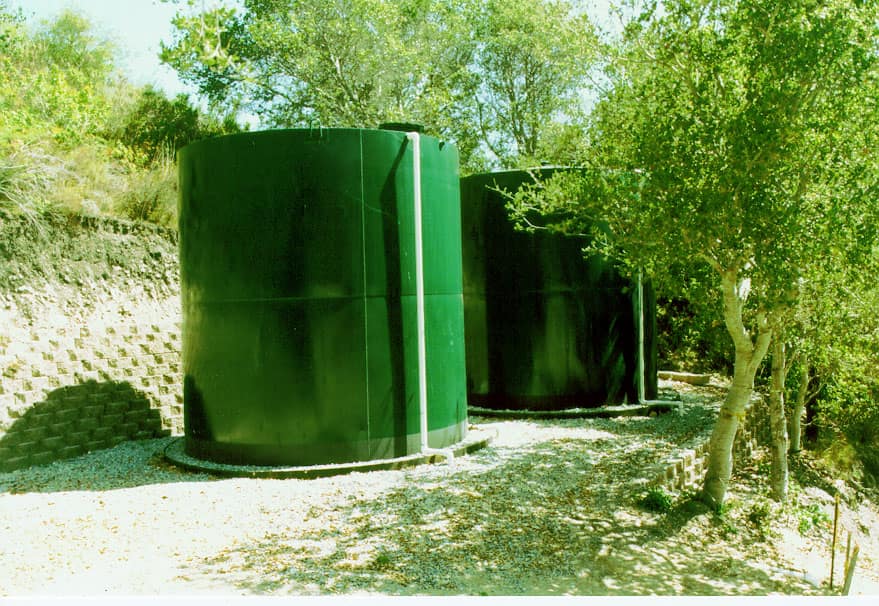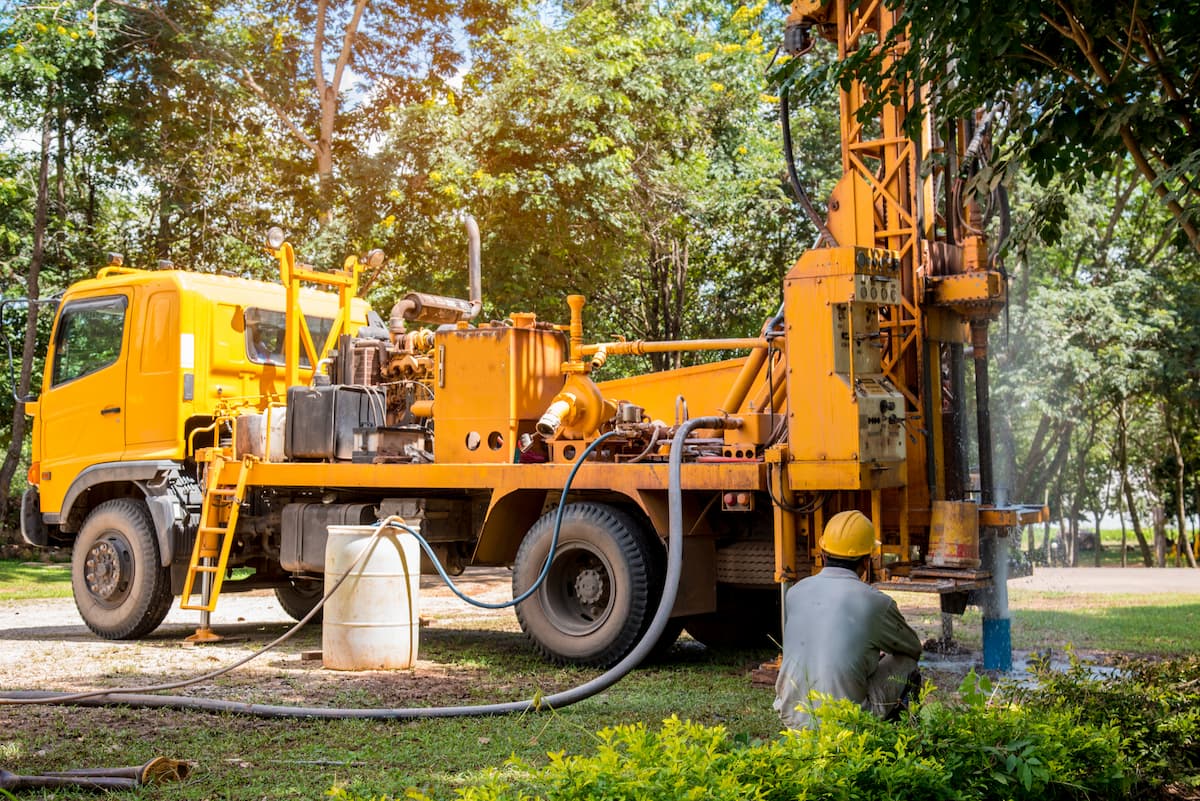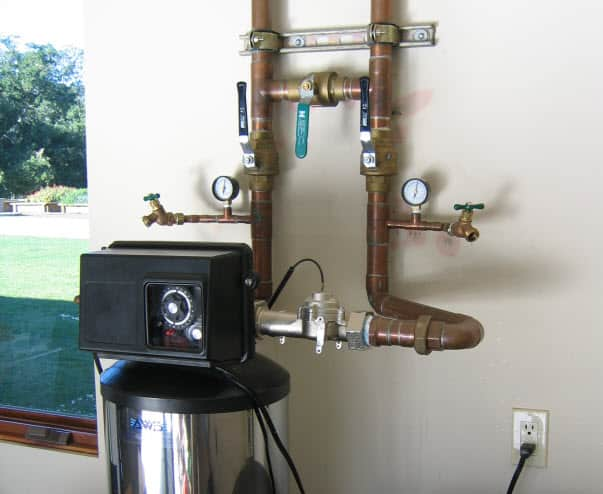Conserving Water During A Drought
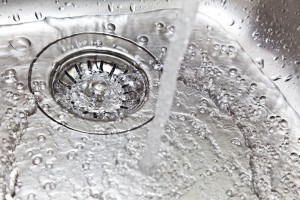
money down the drain!
Water Conservation Basics
Start by learning how much water you use and where it gets used, this can easily be done by reviewing your water bill. If you find that you are going over your allotment, then conserving water will save you lots of money on your water bill, as rates often increase exponentially for exceeding your allotment in times of drought.
Next, prepare your house by fixing leaks, installing aerators on sinks and low-flow showerheads in bathrooms, and utilizing city rebates to replace toilets, washing machines, and turf.
Finally, you can begin to conserve water immediately by changing your water usage habits by limiting your showers to 5 minutes or less, turning off landscape irrigation, only running full loads in the dishwasher and washing machine, and changing other lifestyle habits.
For more water conservation tips, view the EPA’s recommendations: “Conserving Water”
Water Efficient Fixtures
It is often hard to tell how much water is being wasted due to inefficient or leaking fixtures, but it is very important to monitor as it is literally money going down the drain! The easiest way to save large amounts of water right away is to start by installing water-efficient fixtures and fixing leaks.
Check with your local water provider as sometimes they offer rebates for switching to water-efficient fixtures (such as toilets, clothes washers, lawn removal, or rain barrels) and free water conservation products (Click here to check for local rebates!). These upgrades coupled with simple lifestyle changes will save a lot of money on your water bill as water rates are much higher in times of drought.
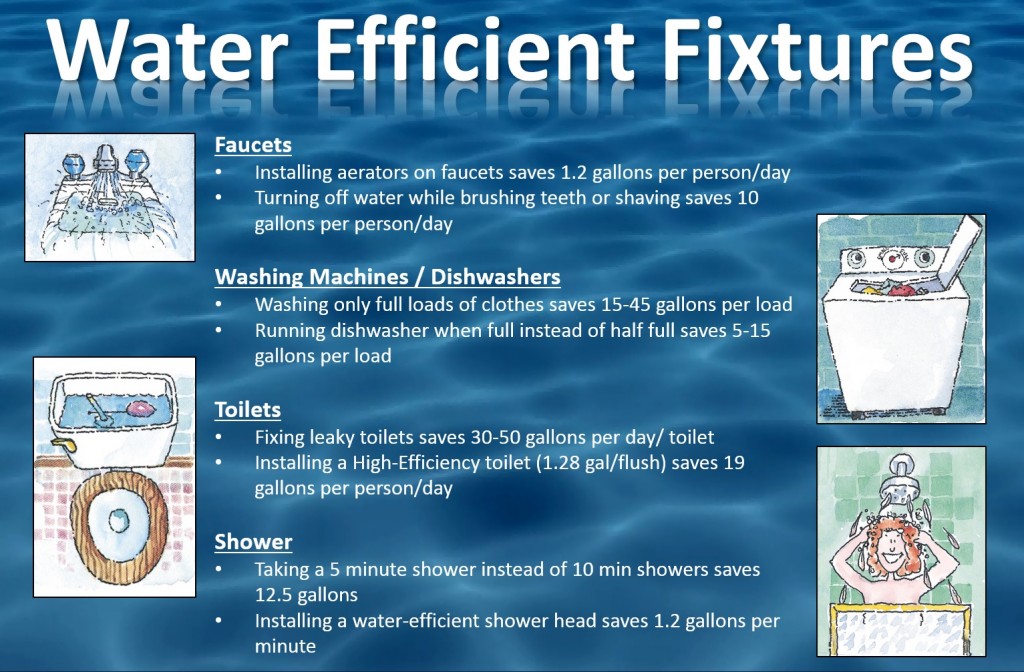
Saving Water Used for Irrigation
Basically, it is a good idea to try and keep your water on your property by continually reusing it, instead of letting it go down the drain. This can be accomplished by installing greywater systems to divert greywater (untreated water from your bathtub, shower, washing machine, or bathroom sink) to your landscape. If you don’t want to install a system, simply using buckets to capture the waste water from your sink while doing dishes or waiting for your shower to heat up and use it on your landscape saves a lot of water as well.

wildlife and are beautiful!
Replacing your lawn or landscape with native or drought-tolerant plants can drastically cut down on your water usage as about on average 25% of residential water usage is used for irrigation. Using native plants also encourages biodiversity by benefiting local wildlife, birds, bees, and butterflies and often looks just as good. Other water conservation techniques include watering early in the morning, mulching, and using drip irrigation to help avoid water loss due to evaporation and runoff.
Capturing rainwater for irrigation or even drinking water is a good idea in areas with a lot of rainfall. Basic rainwater harvesters to be used for irrigation are very easy to build and may only require a sediment filter and can be gravity fed. Installing a pre-filter, a Doulton Rio ceramic filter, and a UV sterilizer will remove sediments and parasites to purify rainwater into potable drinking water.

For more help on water conservation and addressing well problems during the drought, don’t hesitate to e-mail us at support@cleanwaterstore.com, leave us a message on Facebook, or use our online contact form for prompt, personalized assistance from our trained professionals. Thanks for reading!


